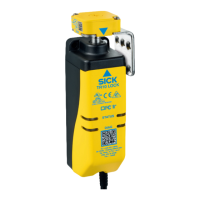Figure 8: Dual-channel and isolated connection of OSSD 1 and OSSD 2
•
The machine must switch to the safe state at any time if at least one OSSD in an
OSSD pair switches to the OFF state.
•
Prevent the formation of a potential difference between the load and the protec‐
tive device. If you connect loads to the OSSDs (safety outputs) that also switch if
controlled with negative voltage (e.g., electro-mechanical contactor without reverse
polarity protection diode), you must connect the 0V connections of these loads
and those of the corresponding protective device individually and directly to the
same 0V terminal strip. In the event of a fault, this is the only way to ensure that
there can be no potential difference between the 0V connections of the loads and
those of the corresponding protective device.
Figure 9: No potential difference between load and protective device
DANGER
Hazard due to lack of effectiveness of the protective device
In the case of non-compliance, it is possible that the dangerous state of the machine
may not be stopped or not stopped in a timely manner.
Downstream contactors must be positively guided and monitored depending on appli‐
cable national regulations or required reliability of the safety function.
b
Make sure that downstream contactors are monitored (external device monitoring,
EDM).
Requirements for the electrical control of the machine
The OSSDs are short-circuit protected to 24VDC and 0V. When the safety locking
device is locked, the OSSDs signal the ON state with the HIGH signal level (non-iso‐
lated). If the safety locking device is unlocked or there is a device fault, the OSSDs
signal the OFF state with the LOW signal level.
PROJECT PLANNING 4
8019972/1CS1/2022-07-20 | SICK O P E R A T I N G I N S T R U C T I O N S | TR10 Lock
17
Subject to change without notice

